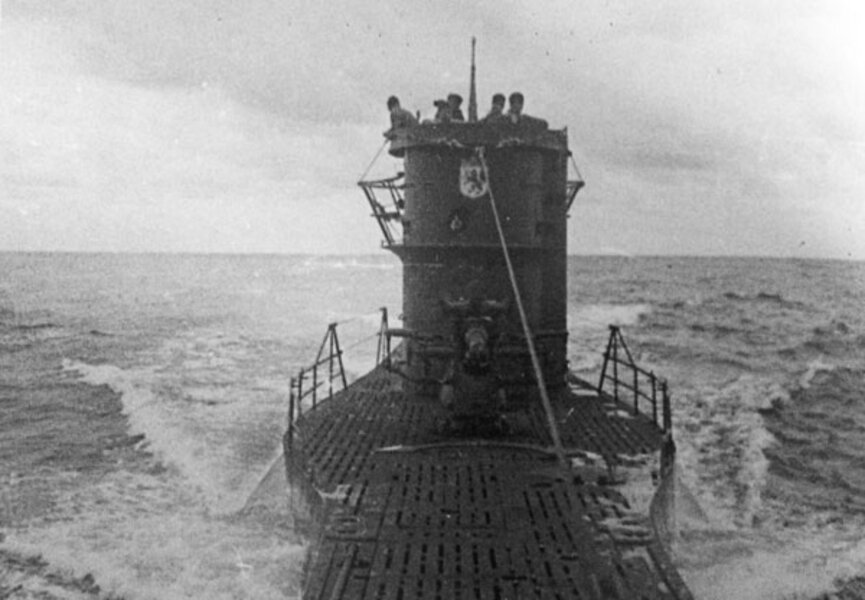Nazi U Boat wreck gives glimpse of World War II battle fought at US doorstep
Loading...
Lodged beneath sand and silt, scientists have uncovered two vessels off the coast of North Carolina that provide new insight into the events of World War II.
The German military submarine, the U-576, and the American merchant ship, the tanker Bluefields, were lost for more than 70 years. In August, archaeologists with the National Oceanic and Atmospheric Administration found the ships in an area known as the "Graveyard of the Atlantic." The two ships were less than 300 yards apart.
This discovery opens a window on a little-known chapter of the war's Battle of the Atlantic, one that most people at the time knew nothing about. And for good reason: In the wake of the 1941 attacks on Pearl Harbor, the US military did not want Americans to panic over battles raging on the country's doorstep, says David Alberg, superintendent of the NOAA's Monitor National Marine Sanctuary.
"The last thing the military wanted known was that miles off the east coast there were U boats sinking ships, often with no resistance," he said in an interview with the Monitor.
In July of 1942, a group of 19 merchant ships were being escorted by the US Navy and Coast Guard from Norfolk, Va., to Key West, Fla., to deliver cargo for the war effort. En route, they were attacked by the German U-576 off of Cape Hatteras near North Carolina. The German submarine damaged two ships and sank Bluefields. In retaliation, a US naval aircraft bombed the U-576. The two ships sank to the ocean floor 30 miles off the cape.
"Most people associate the Battle of the Atlantic with the icy waters of the north Atlantic," Mr. Alberg says. "But what few people realize is that early in the war, U boats were moving into the East Coast of the United States to disrupt shipping ... even today in North Carolina there are people who can recall seeing the fires burning off the coast, finding sailors who had been killed in these actions washing up on the outer banks of North Carolina."
Though NOAA found the vessels in August, the discovery was only announced Tuesday. While Bluefields sustained no casualties at the time, all 45 members of U-576 were lost. The wreck site is considered a war grave for the crew of U-576 and is protected by international law.
Germany's foreign ministry said in a statement that the vessel "should, if possible, remain at the site and location to allow the dead to rest in peace."
The ships were found as part of a 2008 partnership between the NOAA and the Bureau of Ocean Energy Management to locate vessels lost during the war off the North Carolina coast.
Alberg says U-576 is believed to be the last U boat – military submarines used by Germany in the first and second world wars – to have been lost off of North Carolina. But he says there are believed to be thousands more ships in the same area, some dating back to the Colonial period.






